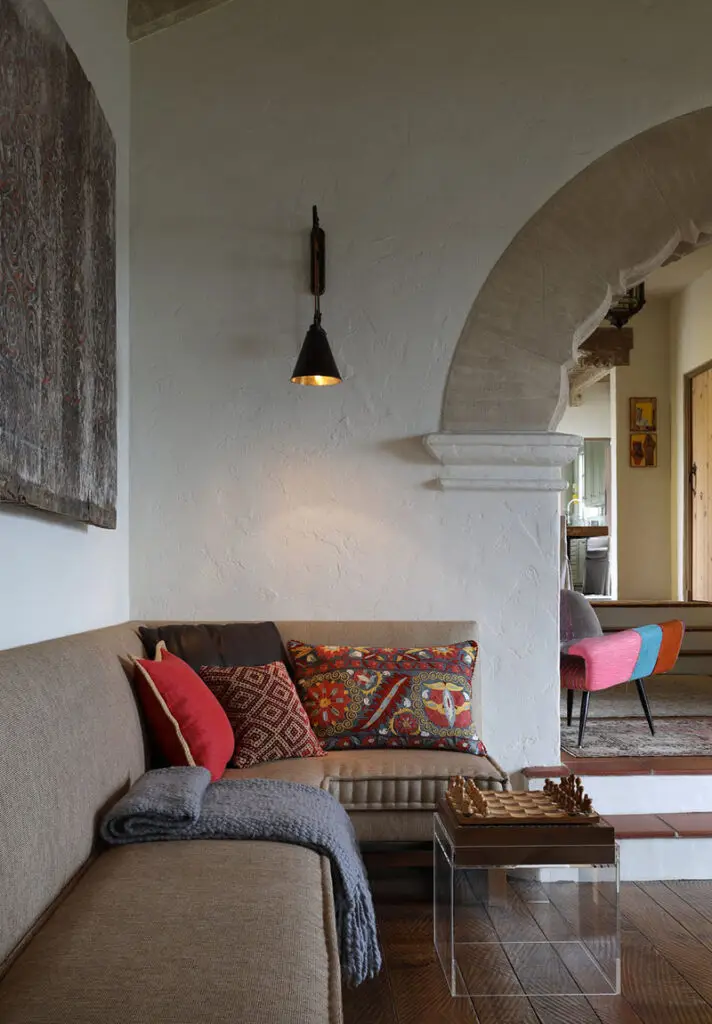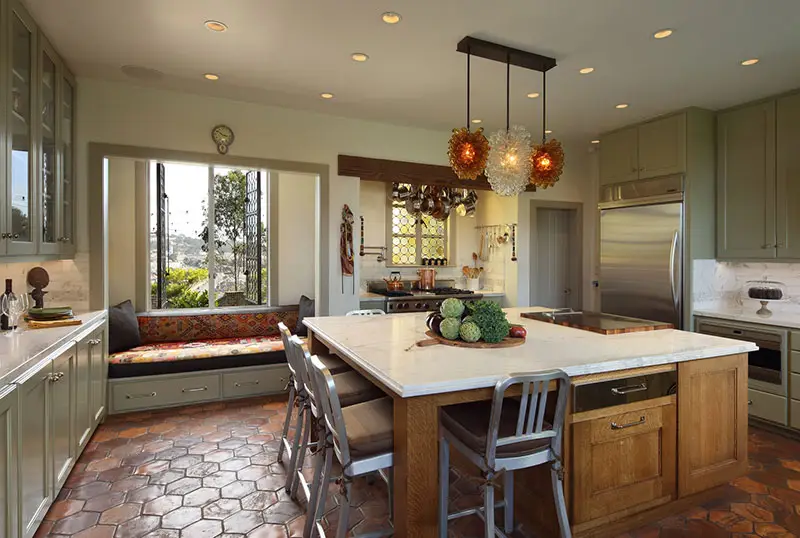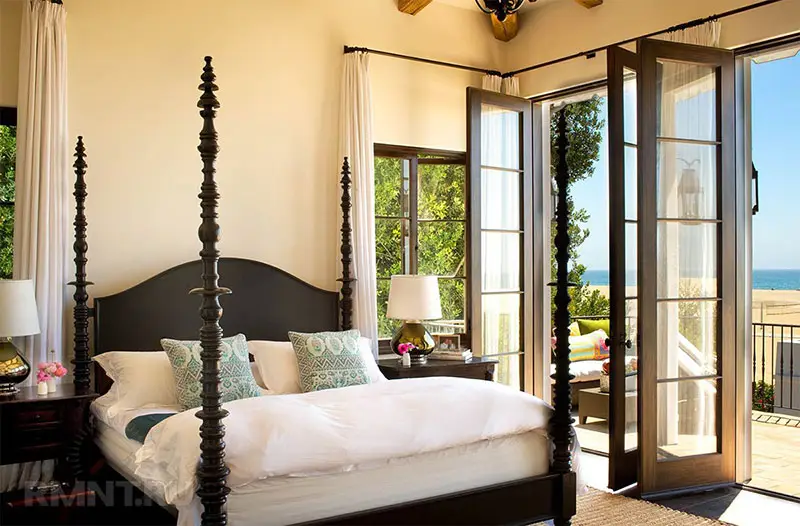11 Nov Colonial Style: Embracing Timeless Elegance in Interior Design
Colonial style is a design trend rooted in history, combining timeless elegance with a sense of tradition. Originating from the architecture and interiors of the American colonial period, this style has endured for centuries due to its blend of classic design elements, sturdy craftsmanship, and understated sophistication. Today, Colonial style continues to inspire homeowners looking to create spaces that are both elegant and functional, filled with charm and a touch of nostalgia. If you’re drawn to refined aesthetics, timeless furnishings, and the beauty of historical detail, Colonial style may be the perfect choice for your home. Let’s explore the key elements of this enduring design style and how you can incorporate its elegance into your living spaces.
What is Colonial Style?
Colonial style, influenced by the architecture and design of the 17th and 18th centuries, originally emerged in the American colonies and was deeply influenced by European, particularly British, design trends. The result is a classic, symmetrical style with a focus on practicality and durability, paired with graceful and balanced aesthetics. From stately homes to humble farmhouses, Colonial interiors were traditionally characterized by heavy wood furniture, neutral color palettes, and an emphasis on craftsmanship. Though rooted in history, this design style has evolved over time, allowing modern homeowners to incorporate contemporary touches while maintaining its classic appeal.

Key Elements of Colonial Style
Colonial design is recognized for its refined simplicity, clean lines, and timeless appeal. To capture the elegance and charm of this style, here are the key elements that define Colonial interiors:
1- Symmetry and Balance
Colonial homes were often built with symmetrical layouts, and this principle extends into the interior design. Rooms in Colonial style homes are typically arranged with a sense of balance, where furniture and decor pieces are placed symmetrically for a harmonious look. This approach creates a feeling of order and sophistication, making the space appear more formal and well-organized.
2- Natural Materials
Colonial interiors heavily feature natural materials, particularly wood. Furniture is often made from dark woods such as mahogany, cherry, oak, and maple, showcasing intricate craftsmanship. Wood paneling, exposed beams, and wide plank floors are also common architectural features in Colonial homes. Stone fireplaces and brick accents further emphasize the use of natural materials, grounding the space in tradition.
3-Neutral and Muted Color Palettes
Colonial style typically favors a neutral, understated color palette, with shades of beige, cream, soft gray, and white serving as the foundation. These calming hues create a timeless and elegant atmosphere. While neutral tones dominate, subtle accent colors such as deep blues, forest greens, and soft yellows can be introduced through textiles, drapery, and accessories to add warmth and interest
4-Classic, Sturdy Furniture
Colonial furniture is designed to last for generations, reflecting both function and form. Pieces are typically made from solid wood, with clean lines and a strong sense of craftsmanship. Wingback chairs, four-poster beds, ladder-back chairs, and camelback sofas are iconic furniture pieces in Colonial homes. Upholstery is often in muted, traditional fabrics like linen, leather, or wool, adding to the classic feel.
5- Traditional Architectural Details
Architectural details are an essential aspect of Colonial style. Elements such as crown molding, wainscoting, and chair rails add dimension and elegance to walls and ceilings. In many Colonial homes, windows are adorned with shutters, and doors feature paneled designs with brass or iron hardware, adding to the overall historical charm.
6- Refined Accessories
Accessories in Colonial style are carefully curated to maintain the room’s sense of formality and tradition. Items such as candlesticks, porcelain vases, antique mirrors, and classic paintings often serve as focal points in the room. Colonial homes also incorporate textiles like woolen rugs, tapestries, and patterned curtains that complement the furniture and tie the space together with a sense of refinement.

How to Incorporate Colonial Style into Your Home
Whether you’re decorating an entire home or looking to add a few Colonial-inspired touches, here are some tips for bringing timeless elegance into your space:
1- Start with Classic, Wooden Furniture
Invest in well-crafted, solid wood furniture pieces that reflect the simplicity and quality of Colonial design. Choose classic pieces like a sturdy dining table, a four-poster bed, or a traditional wingback chair. Stick to neutral upholstery, or add subtle patterns like florals or checks that echo the style’s historical roots
2- Embrace Symmetry
Create balanced, symmetrical layouts in your rooms. For example, in a living room, place two matching chairs on either side of the fireplace or arrange identical lamps on both ends of a sofa. This symmetry brings a sense of order and calm to the space, enhancing the traditional feel.
3-Add Architectural Details
If your home lacks some of the architectural features typical of Colonial homes, consider adding them through design updates. Crown molding, wainscoting, or even a classic mantelpiece can enhance the space’s elegance. If you have exposed beams, highlight them with complementary decor to add a rustic, colonial touch.
4-Choose Timeless Textiles
Incorporate classic fabrics such as linen, cotton, and wool in neutral or muted shades. Plaids, florals, and stripes in subtle patterns can add interest without overpowering the space. Wool or jute rugs, along with simple curtains, will complement the natural materials used in furniture and architecture.
5-Incorporate Vintage and Antique Pieces
Antiques or vintage accessories—such as brass candlesticks, colonial-style clocks, and traditional oil paintings—bring a touch of authenticity to your Colonial-inspired decor. These accessories not only add visual appeal but also tell a story of craftsmanship and history, enhancing the timeless feel of the space.
6-Light with Elegance
Lighting in Colonial style homes often includes elegant chandeliers, lantern-style fixtures, and candle sconces. Opt for lighting that complements the traditional style, incorporating brass, wrought iron, or wood finishes. These light fixtures serve as decorative elements while maintaining the understated elegance of Colonial interiors.

Colonial Style: A Blend of History and Timelessness
Colonial style offers more than just a glimpse into the past; it’s a timeless design approach that celebrates history, craftsmanship, and elegance. Its clean lines, symmetrical designs, and natural materials create a sense of calm and order, while the traditional furniture and accessories add a layer of sophistication to any room. The enduring appeal of Colonial style lies in its ability to remain classic while feeling fresh and inviting, making it a perfect choice for those who appreciate both tradition and timeless beauty.
Conclusion
Colonial style remains a beloved design choice for homeowners who value elegance, craftsmanship, and a sense of history. By embracing its core elements—symmetry, natural materials, classic furniture, and refined accessories—you can create a space that feels both timeless and uniquely personal. Whether you’re decorating a stately home or adding colonial touches to a modern space, this design approach offers an invitation to embrace enduring elegance in your everyday living.

